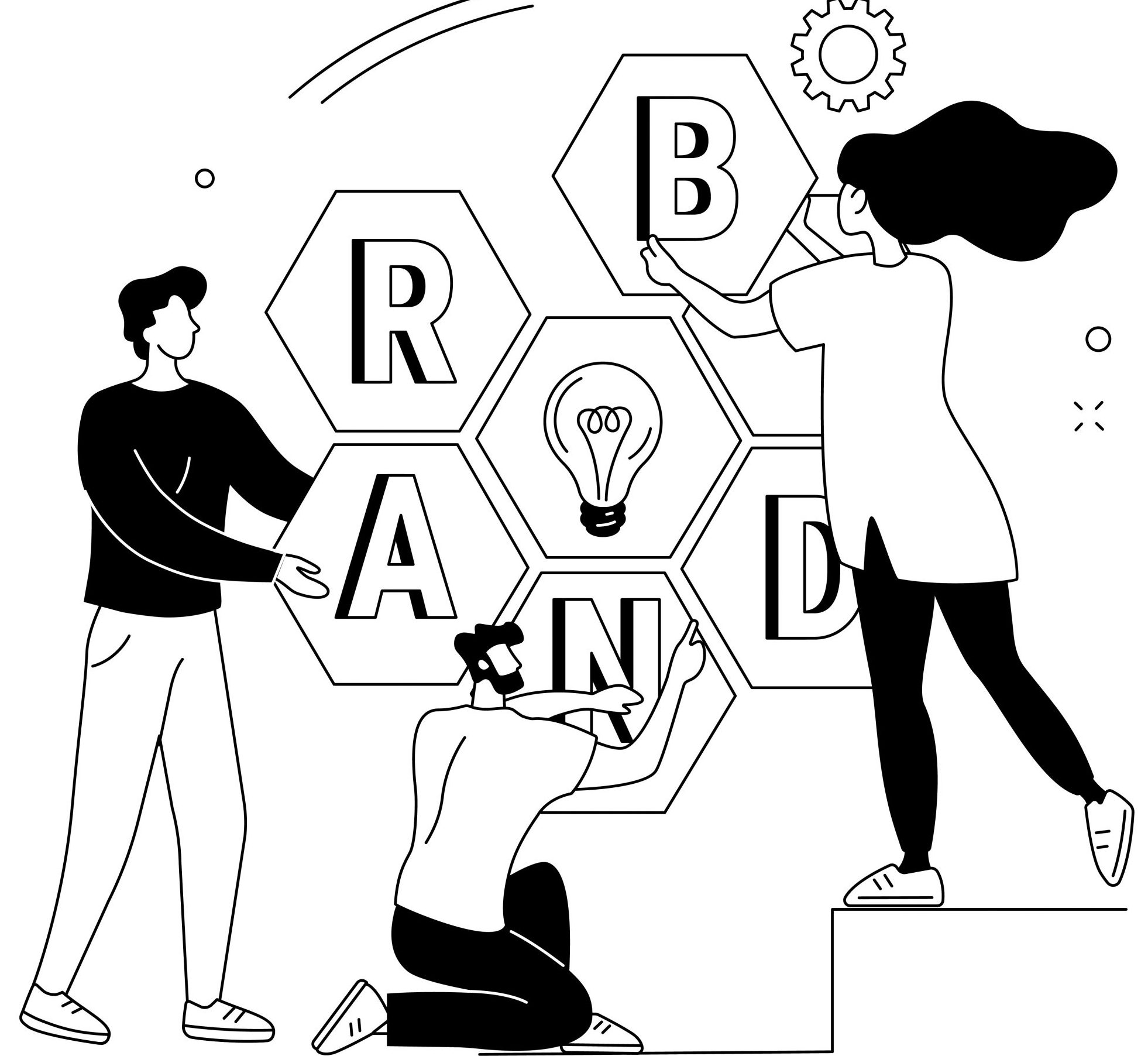In an era overwhelmed by marketing noise, authenticity has emerged as a powerful tool for brands to forge meaningful connections with consumers. Storytelling infused with genuine human emotion and values can resonate deeply, building trust and loyalty.
The Power of Authenticity
Consumers today seek brands aligned with their personal values. 82% of shoppers want a brand’s values to align with their own, and three-quarters parted ways with a brand over a conflict in values. Authenticity is no longer optional; it’s essential. Genuine brands foster trust and relatability, creating deeper emotional connections. However, navigating authenticity in a data-driven world requires a strategic approach.
Understanding Authenticity in a Digital Landscape
Authenticity is about aligning brand values with actions, messaging, and customer experiences. While it’s a complex concept in digital marketing, data-driven insights can enhance authenticity and help in acquiring customers as data-driven brands are 23 times more likely to acquire customers. By understanding audience sentiments and preferences, brands can tailor stories that resonate. Consistency across platforms and a distinct brand voice are also crucial for maintaining authenticity in the digital space.
Crafting Authentic Narratives
Effective storytelling combines art and science. By employing storytelling frameworks, social media engagement, optimizing content for search, leveraging data visualization and analysis, and using user generated content, brands can craft compelling narratives. Understanding audience segments and monitoring sentiment also helps tailor stories for maximum impact. 64% of consumers want brands to connect with them emotionally.
Additionally, to assess the effectiveness of authentic storytelling, brands can track engagement metrics, brand sentiment, and customer acquisition and retention. These indicators provide insights into how well the story resonates with the audience and drives business results. Effective storytelling can lead to a 30% increase in conversion rates.
Let’s dissect some campaigns that shows us both technical and strategic craft of authentic storytelling:
Case 1: Dove’s “Real Beauty” Campaign
Dove’s “Real Beauty” campaign was a groundbreaking move in the beauty industry. It challenged the unrealistic and often unattainable beauty standards perpetuated by many brands other brands.
- Core Message of the Campaign: The campaign focused on celebrating real women, with diverse body shapes, ages, and ethnicities. By using real women in their advertisements, Dove challenged the airbrushed perfection often seen in the beauty industry.
- Impact: The campaign resonated deeply with women, creating a sense of empowerment and body positivity. It sparked conversations about beauty standards and self-esteem. Dove positioned itself as a brand that cared about women’s well-being, not just their appearance.
- Sustainability: The campaign has evolved over the years, but the core message remains consistent. Dove continues to champion real beauty and body positivity, ensuring the campaign remains relevant and impactful.
Technical Aspects of the Campaigns
- Image Analysis and Selection: A crucial aspect was the development of image analysis algorithms to identify photos that aligned with the campaign’s “real beauty” criteria. This involved parameters such as diversity in age, ethnicity, body shape, and facial features which were used in their Digital campaigns.
- Data Collection and Analysis: Massive amounts of data were collected on consumer perceptions of beauty standards through surveys, social media listening, and focus groups. It was revealed 68% strongly agreed that “the media and advertising set an unrealistic standard of beauty that most women can’t ever achieve. This data informed the campaign’s core direction and messaging.

- Media Optimization: The campaign leveraged a mix of traditional and digital media. Media buying algorithms were used to optimize ad placements across various platforms to reach the target audience effectively.
- Social Media Engagement: Advanced social media analytics were employed to monitor and respond to audience interactions, fostering a sense of community and dialogue.
Case 2: Airbnb: Human Connection
Airbnb’s success lies in its ability to foster human connection through shared experiences.
- Core of the Brand: The platform is built on the idea of connecting people through shared accommodations. Airbnb’s storytelling often revolves around the unique experiences and cultural exchanges that can occur when people open their homes to strangers.
- Impact: By focusing on human connection, Airbnb has created a strong brand identity that resonates with travellers seeking authentic experiences. The platform has disrupted the traditional hospitality industry by offering a more personal and immersive way to travel.
- Sustainability: Airbnb continues to invest in technology and community building to enhance the guest experience. Their focus on human connection remains central to their brand identity.
Technical Aspects of the Campaigns
- User Data Analysis: Airbnb’s platform relies heavily on data analytics to understand user behavior, preferences, and booking patterns. This information is used to personalize the guest experience and improve recommendations.
- Trust and Safety: Robust algorithms and verification processes are in place to ensure user safety and build trust. This includes identity verification, fraud detection, and risk assessment.
- User-Generated Content: Airbnb leverages user-generated content (UGC) to create authentic storytelling. Image recognition and natural language processing are used to curate and showcase compelling content.
- Platform Optimization: The Airbnb platform is designed to facilitate seamless interactions between hosts and guests. User experience (UX) design and development play a crucial role in creating a positive and memorable experience.
In conclusion, authentic brand storytelling is a sophisticated blend of creativity, data, and technology. By understanding the technical aspects of storytelling and leveraging the power of data, brands can create narratives that resonate deeply with consumers and build lasting relationships.



